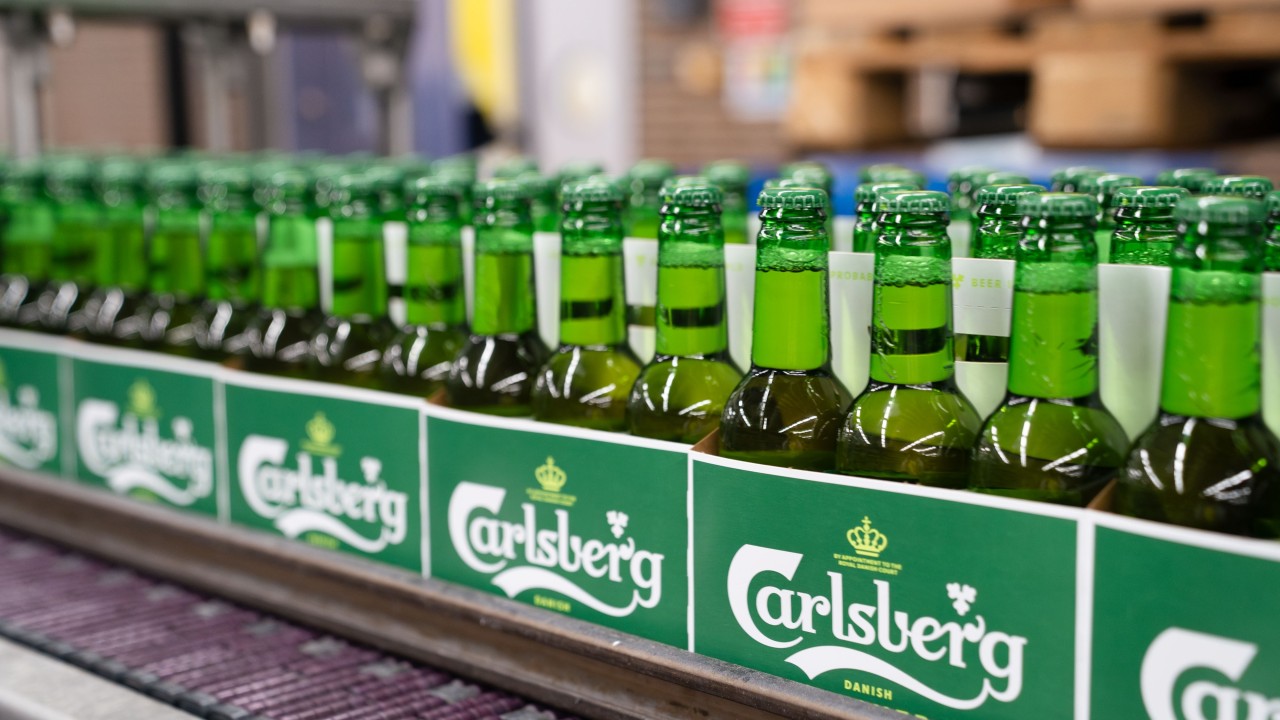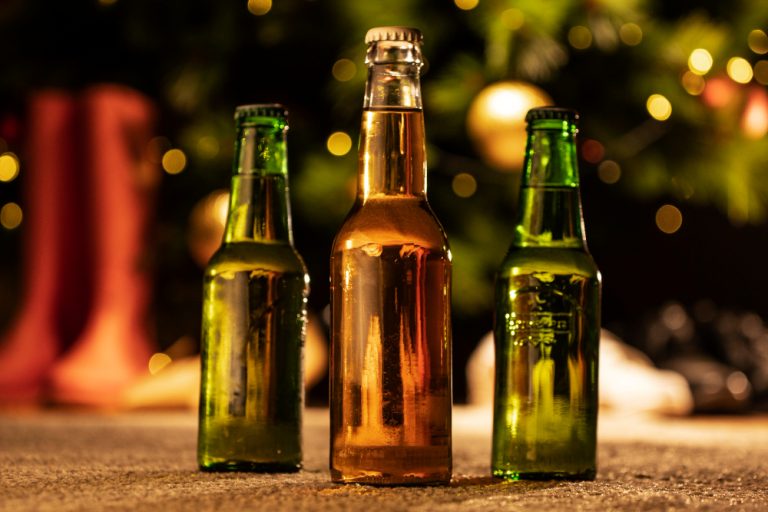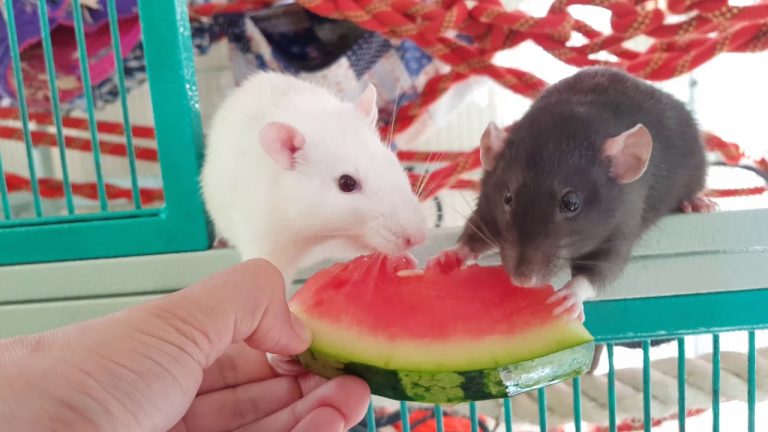Beer lovers across the world recognize the distinct sight of a beer in a green bottle — from classic European lagers to modern craft brews that embrace vintage style. While the color might seem like a simple design choice, the tradition of using green glass is rooted in history, science, and branding. This article explores the reasons behind this enduring trend, from taste and preservation to its place in beer culture.
The Origins of Beer in a Green Bottle
The story of beer in a green bottle begins in 19th-century Europe, a time when glass manufacturing was still imperfect. Early beer bottles were made from whatever glass was available, which often contained iron impurities that tinted the glass green. Brewers didn’t initially choose green bottles for marketing — they used them because that’s what the technology of the time produced.
As glassmaking techniques evolved, brown bottles were later introduced because they offered better protection from sunlight. However, green bottles remained popular in certain regions, particularly in Europe, because they became associated with heritage and premium quality. Over time, what began as necessity turned into a tradition.
The Connection Between Color and Preservation
The choice of glass color isn’t just aesthetic — it plays a vital role in protecting the beer. Ultraviolet (UV) light can alter the chemical compounds in hops, leading to a “skunky” or unpleasant aroma. Brown glass filters out around 98% of UV rays, while green glass blocks only about 50%.
This means beer in a green bottle is more vulnerable to light exposure, which can affect its taste over time. To counter this, breweries that use green bottles often take extra precautions, such as pasteurizing beer, using light-resistant packaging, or controlling storage conditions.
Why Brewers Still Choose Green Bottles
You might wonder — if green bottles allow more light in, why do breweries still use them? The answer lies in branding, nostalgia, and market perception. Green bottles have become symbols of sophistication and European brewing heritage.
Iconic brands like Heineken, Stella Artois, and Grolsch continue to use green bottles because consumers associate them with quality, tradition, and authenticity. The sight of a beer in a green bottle instantly conveys a sense of global recognition and timelessness. Marketing has transformed a technical limitation into a visual mark of class.
The Psychology of Color in Beer Packaging
Color psychology plays an important role in consumer behavior. Green is often associated with freshness, nature, and purity — qualities that perfectly align with beer’s image. A beer in a green bottle subconsciously tells consumers that the product is crisp, clean, and refreshing.
In contrast, brown bottles are practical but less visually appealing. Clear bottles look modern but lack protection. Green strikes a balance between heritage and visual allure, which is why it remains a favorite in the brewing world.
The Taste Debate: Does Bottle Color Affect Flavor?
Many beer enthusiasts debate whether bottle color truly impacts flavor. Scientifically, the color itself doesn’t change taste — but the light exposure it allows can. When beer in a green bottle is stored improperly or exposed to sunlight, photochemical reactions can occur between hops and ultraviolet rays, producing sulfur compounds that smell like skunk spray.
However, when stored correctly, beer in a green bottle can taste just as fresh and flavorful as beer in brown glass. Breweries also use modified hop extracts and UV-blocking glass coatings to reduce the risk of “lightstruck” beer. So, the next time you enjoy a green-bottled beer, remember — its taste quality depends as much on how it’s stored as on its packaging.
Iconic Beers in Green Bottles
Several well-known beers have made the green bottle their signature look.
Here are a few that showcase its global influence:
- Heineken (Netherlands): Perhaps the most famous example, Heineken’s green bottle and red star have become symbols of international beer culture.
- Stella Artois (Belgium): Often considered a premium European lager, Stella’s green bottle highlights its refined image.
- Grolsch (Netherlands): Known for its swing-top green bottle, Grolsch merges old-world charm with modern freshness.
- Carlsberg (Denmark): Another European giant, Carlsberg’s green branding reinforces its association with heritage and sustainability.
- Peroni Nastro Azzurro (Italy): Its sleek green bottle emphasizes elegance and Mediterranean style.
These brands have proven that beer in a green bottle can become an identity in itself — a part of the story that consumers recognize instantly.
Green Bottles and Light Protection Technology
Modern breweries have found innovative ways to maintain the look of beer in a green bottle while enhancing its protective qualities. Some use UV-blocking coatings or tinted glass treated with additional minerals to filter more light. Others adjust brewing formulas with chemically stable hops to resist light exposure.
These advancements allow brewers to retain the signature green look while delivering fresh-tasting beer, even after extended shelf life. This blend of science and tradition shows how the brewing industry continues to evolve while honoring its roots.
The Cultural Symbolism of Green Bottles
Beyond functionality, the green bottle has cultural resonance. It’s often linked to celebration, refinement, and European elegance. In advertisements, a beer in a green bottle evokes imagery of summer evenings, social gatherings, and classic sophistication.
In some countries, green bottles are even seen as more environmentally friendly because they are easy to recycle. This adds another layer of meaning, connecting green glass with sustainability — a key trend in modern branding.
Comparing Green, Brown, and Clear Bottles
When it comes to beer packaging, the color of the bottle can make a significant difference:
- Brown bottles: Offer the best UV protection, preserving freshness and flavor.
- Green bottles: Provide moderate protection but strong visual appeal and brand association.
- Clear bottles: Showcase the beer’s color but offer the least protection.
Despite the risks, beer in a green bottle continues to thrive because of its strong branding and marketing power. For many consumers, the experience of drinking from a green bottle feels more premium, even if it requires careful handling.
The Future of Beer in Green Bottles
As sustainability becomes a driving force in the beverage industry, green glass may see renewed importance. Recycled green glass is widely available, and modern brewing technology can offset its light sensitivity. Breweries might continue to innovate by combining eco-friendly packaging with protective coatings.
In a world where craft and authenticity are highly valued, beer in a green bottle will likely remain an enduring symbol — representing a blend of history, identity, and craftsmanship.
Conclusion
The enduring appeal of beer in a green bottle goes beyond color — it represents a fascinating mix of history, science, and marketing. From the early days of imperfect glassmaking to modern branding strategies, green bottles have evolved into icons of beer culture.
While brown bottles may offer superior light protection, green bottles continue to capture the imagination of drinkers around the world. They remind us that beer is more than a beverage — it’s an experience shaped by heritage, innovation, and design.
Whether you’re sipping a Heineken on a summer evening or enjoying a Peroni with dinner, take a moment to appreciate the story behind that familiar green hue. It’s not just a color; it’s a symbol of brewing tradition that refuses to fade.
FAQs
1. Why do some beers come in green bottles?
Brewers originally used green bottles due to limited glass technology in the 19th century. Today, green bottles are used mainly for branding, tradition, and visual appeal.
2. Does a green bottle affect beer taste?
Not directly. However, if exposed to sunlight, beer in a green bottle can develop a “skunky” aroma due to UV light reactions. Proper storage prevents this.
3. Which famous beers are sold in green bottles?
Popular examples include Heineken, Stella Artois, Carlsberg, Grolsch, and Peroni Nastro Azzurro.
4. Why do some breweries still prefer green over brown bottles?
Green bottles are iconic and often linked with European tradition. They make beers stand out visually and carry premium brand recognition.
5. How should I store beer in a green bottle?
Store it in a cool, dark place away from sunlight. This prevents UV light from affecting the hops and preserves the beer’s intended flavor.
Also read: 10 Steps to Make the Perfect Black & Blue Drink Recipe: A Bold Blend of Blackberry and Blue Curaçao





Leave a Comment